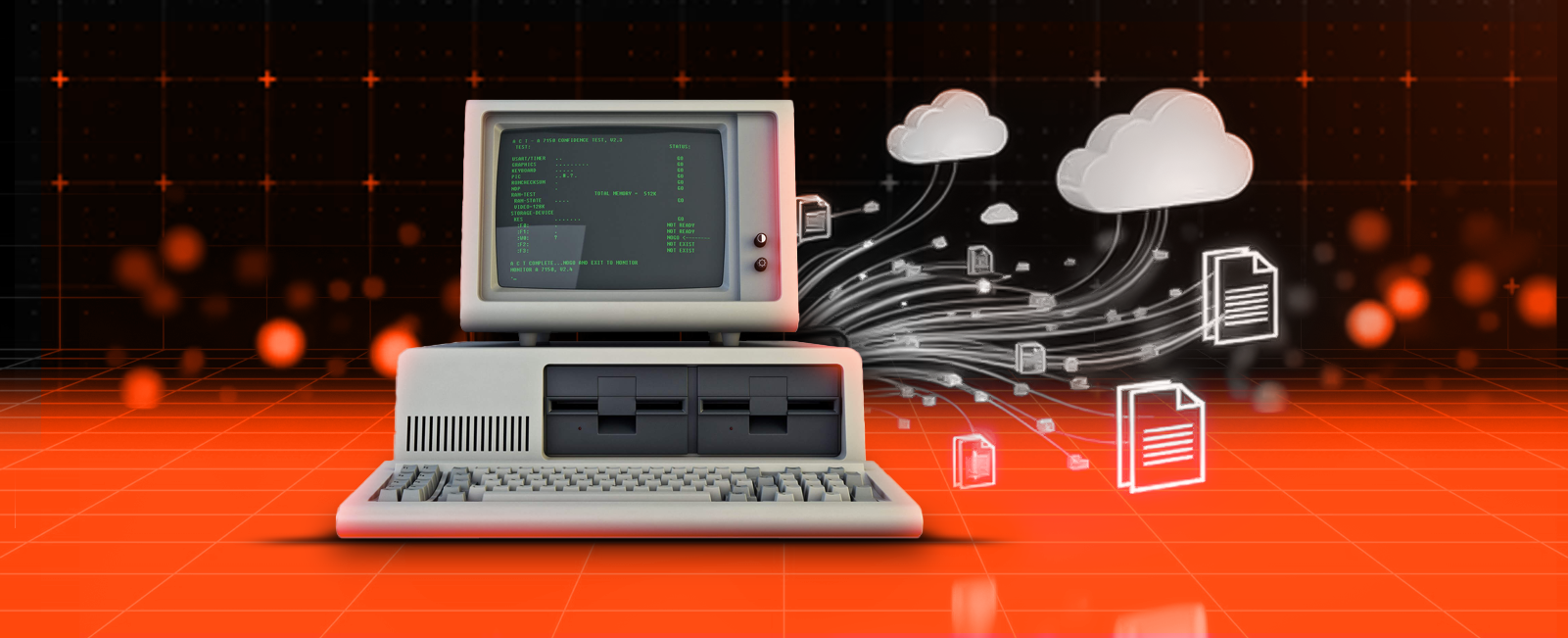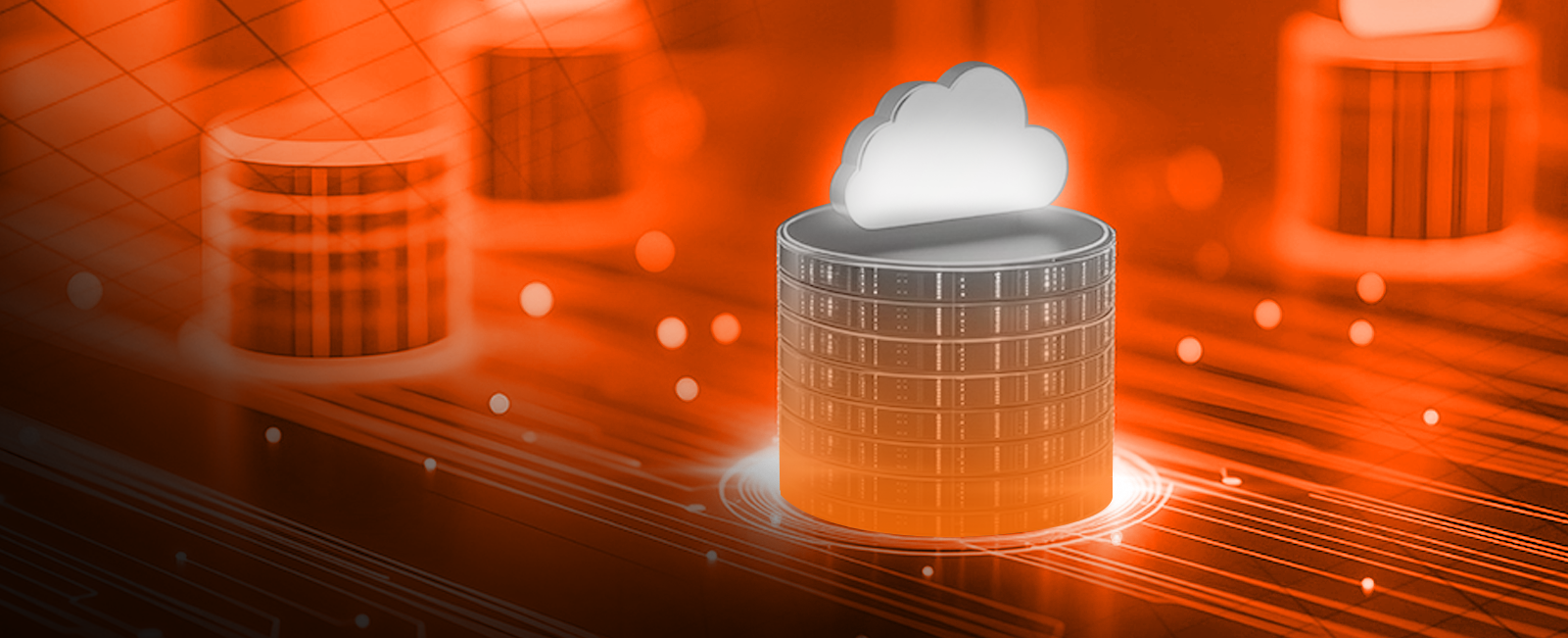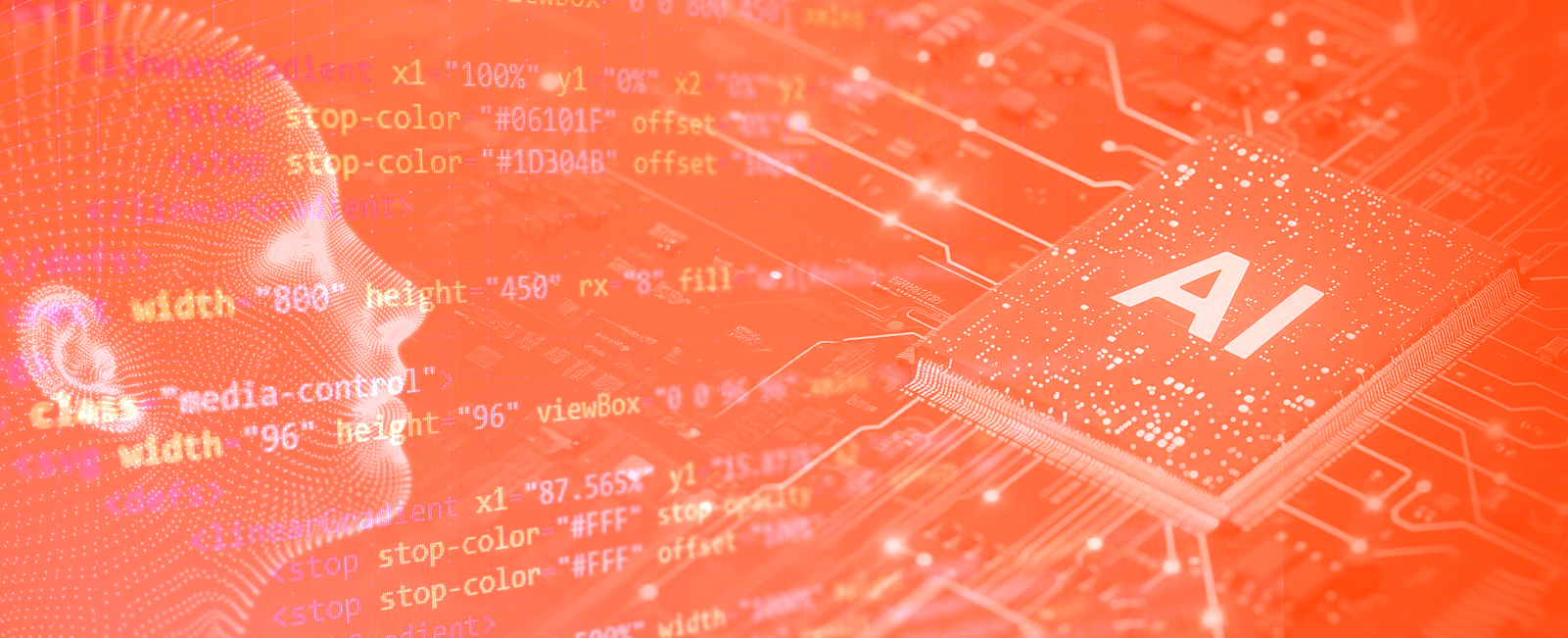In the fast-paced world of technology, staying ahead of the curve is essential for businesses to remain competitive. One of the key strategies for achieving this is application modernization. But what exactly is an application modernization strategy, and why is it so crucial for organizations today? This article will explore the concept, delve into the challenges and benefits, and outline a roadmap for successful application modernization.
What is Application Modernization?
Application modernization refers to the process of updating and enhancing existing software applications to meet current business needs, technological standards, and user expectations. This can involve re-platforming, re-hosting, recoding, rearchitecting, or replacing legacy applications to make them more agile, scalable, and efficient.
As organizations evolve, their software must evolve too. Legacy applications, often built on outdated technologies, can become a hindrance, limiting innovation and growth. Modernizing these applications ensures they remain relevant and capable of supporting the business in a rapidly changing digital landscape.
Application Modernization Challenges
While the benefits of application modernization are significant, the journey is not without its challenges. Organizations often face obstacles such as:
- complexity of legacy systems;
- cost considerations;
- data migration risks;
- cultural resistance;
- technical debt.
Many legacy applications are deeply embedded in the organization’s operations. Understanding the intricate dependencies and functionalities can be daunting, making modernization a complex task. Modernization efforts can be expensive, requiring investment in new technologies, skilled personnel, and time. Balancing these costs against the potential benefits is a critical challenge.
Moving data from legacy systems to modern platforms carries risks such as data loss, corruption, or breaches. Ensuring data integrity and security during migration is paramount. Organizational resistance to change is another common challenge. Employees accustomed to legacy systems may be hesitant to adopt new technologies, requiring careful change management and training.
Over the years, legacy systems accumulate technical debt—outdated code and architecture that no longer align with best practices. Addressing this technical debt is essential to ensure the long-term success of modernization efforts.
Benefits of Application Modernization
A survey by IDC found that 70% of enterprises identified legacy application modernization as a priority in their IT strategies, underscoring the critical role of modernization in maintaining competitiveness and operational efficiency. Moreover, Gartner reported that 85% of large enterprises will have started some form of application modernization initiative by the end of 2025 .
Despite the challenges, the benefits of application modernization make it a compelling strategy for businesses. Some of the key advantages include:
- Improved agility and scalability. Modern applications are designed to be more flexible and scalable, enabling businesses to quickly adapt to market changes and scale operations as needed.
- Enhanced security. Legacy applications often have vulnerabilities that modern security standards can address. Modernization helps protect sensitive data and reduce the risk of cyber threats.
- Cost efficiency. While modernization requires upfront investment, it can lead to long-term cost savings by reducing maintenance costs, improving performance, and enabling the use of cloud-based infrastructure.
- Better user experience. Modern applications can offer a more intuitive and responsive user experience, leading to higher customer satisfaction and engagement.
- Innovation enablement. Modernizing applications unlocks the potential for innovation by leveraging new technologies like artificial intelligence, machine learning, and big data analytics.
Application Modernization Roadmap
A well-defined application modernization roadmap is crucial for guiding organizations through the transformation process. The roadmap typically includes the following steps:
1. Assessment and Planning
Begin by evaluating your existing applications to identify those that require modernization. Consider factors such as business value, technical debt, and strategic alignment.
2. Choosing the Right Modernization Approach
Depending on your goals, you may choose from several modernization approaches, such as rehosting, refactoring, rearchitecting, or replacing. Each approach has its own advantages and trade-offs.
3. Prioritization
Not all applications need to be modernized at once. Prioritize based on business impact, risk, and resource availability. Start with high-impact, low-risk applications to build momentum.
4. Implementation
Execute the modernization plan, ensuring close collaboration between IT and business teams. Use agile methodologies to allow for flexibility and iterative progress.
5. Testing and Validation
Rigorously test the modernized applications to ensure they meet performance, security, and usability standards. Validate that the modernization objectives have been achieved.
6. Deployment and Monitoring
Deploy the modernized applications into production, and continuously monitor their performance. Be prepared to make adjustments as needed based on real-world usage and feedback.
7. Continuous Improvement
Application modernization is not a one-time project but an ongoing process. Continuously assess and update your applications to keep pace with technological advancements and evolving business needs.
Legacy Application Modernization Services
Legacy application modernization services play a critical role in this process. These services encompass a range of activities, from initial assessment and strategy development to execution and support. Service providers bring expertise in handling complex legacy systems, minimizing risk, and ensuring a smooth transition to modern platforms. Partnering with a reliable service provider can significantly enhance the success of your modernization efforts.
Partnering for Success: Our Software Development Agency
At UniRidge, we specialize in delivering end-to-end application modernization services tailored to your business needs. Our team of experts is dedicated to helping you navigate the challenges of modernization while maximizing the benefits. We offer comprehensive services, including legacy system assessment, strategy development, modernization execution, and ongoing support.
Whether you are looking to rehost, refactor, or completely rearchitect your applications, our proven methodologies and deep industry knowledge ensure a successful transformation. Let us help you unlock the full potential of your business by modernizing your applications for the digital age.
Contact us today to learn how we can help you achieve your modernization goals.






